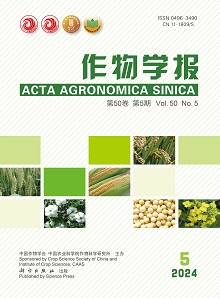Sugar beet is one of the important sugar crops in China, having high biological yield and high water consumption. The reasonable irrigation is one of the effective measures to save water and improve yield. In this experiment, the relationship among sugar beet yield, leaf area index, net photosynthetic rate, transpiration rate, leaf water potential, soil moisture and water consumption, and different irrigation water effects on sugar beet yield and water use efficiency were studied under plastic mulching with drip irrigation for two consecutive years in Inner Mongolia semi-arid regions. In high yielding sugar beet leaf area index was more than 7.37 in fast growth stage of leaf, 6.08–6.51, and 4.19–5.57 in root growth and sugar accumulation periods, in fast growth stage of leaf, root growth and sugar accumulation periods leaf water potential was 0.09–0.22 MPa, 0.18–0.39 MPa, 0.26–0.48 MPa, net photosynthetic rate was 21.28–28.23 μmol m–2 s–1, 21.90–28.75 μmol·m–2 s–1, 22.06–26.58 μmol m–2 s–1, respectively, transpiration rate in fast growth stage of leaf and root growth period was 9.36–10.21 mmol·m–2 s–1 and 6.37–7.73 mmol·m–2 s–1, respectively, and more than 4.69 mmol m–2 s–1 in sugar accumulation period, water consumption was 140.15–312.78 mm, 44.93–200.45 mm and 44.93–113.06 mm in the three growth stages, respectively. For high yield, high sugar yield and high water use efficiency, the reasonable irrigation water should be 1350 m3 hm–2 in the year of abundant rain (growth periods rainfall > 500 mm)and 1800 m3 hm–2 in the year of little rain (growth periods rainfall < 300 mm), which provides a theoretical basis and physiological indicators for sugar beet water-saving irrigation.

 WeChat
WeChat
 WeChat
WeChat